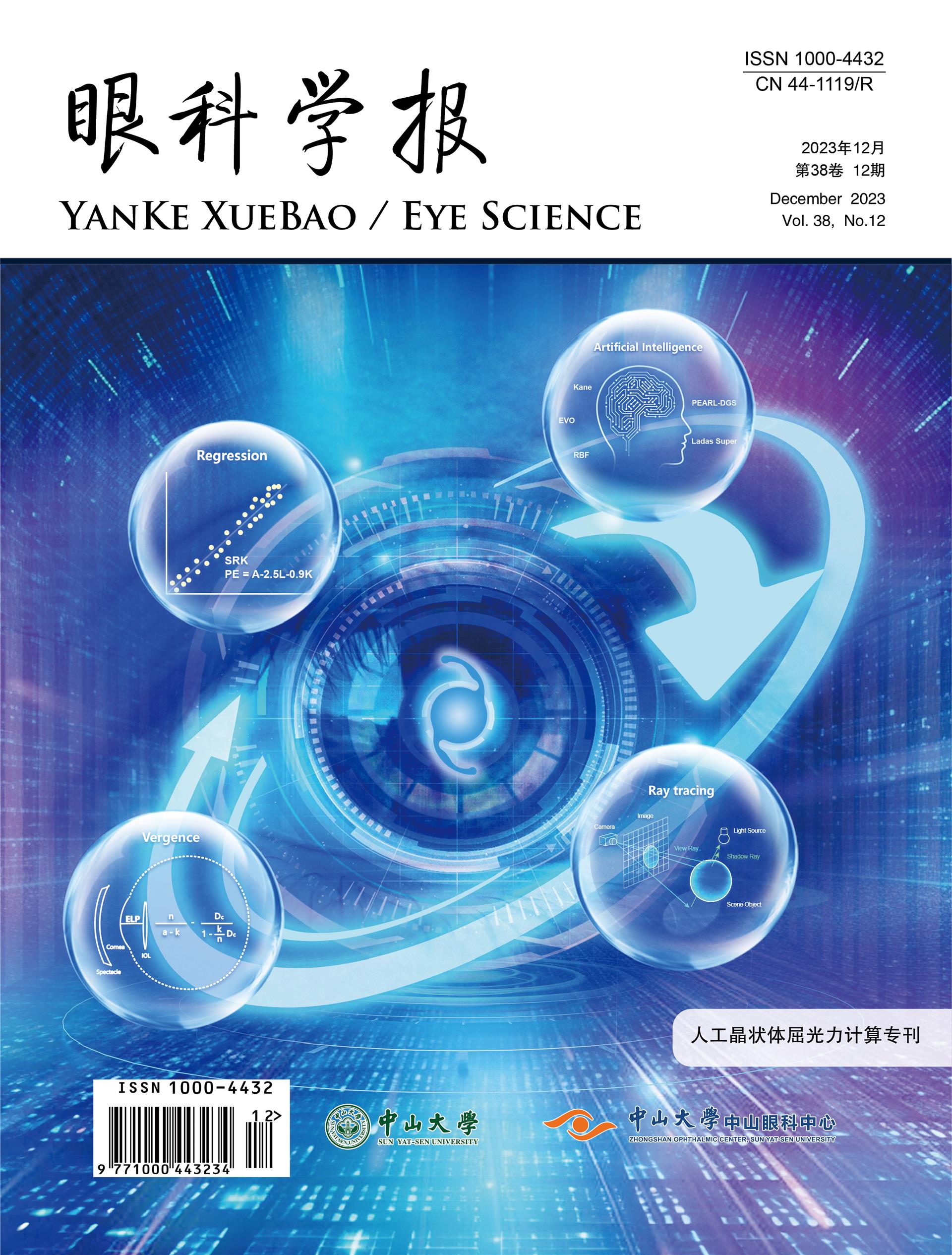Aims:To identify plasma proteins with causal links to diabetic retinopathy (DR) for potential therapeutic targets.
Materials and methods:Summary statistics of plasma protein quantitative trait loci (pQTL) were derived from two extensive GWAS datasets and onesystematicreview, with over 100 thousand participants covering thousands of plasma proteins. DR data were sourced from the largest FinnGen study, comprising 10,413 DR cases and 308,633 European controls. Two-sample MR approach was utilized to investigate the causality of plasma proteins with DR, followed by bidirectional MR, Bayesian Co-localization analysis, and phenotype scanning to ensure the robustness of the MR results. Druggabilityand enrichment analysisof the identified proteins were systematically evaluated.
Results:Genetically predicted levels of 24 proteins were significantly associated with DR risk after multiple testing corrections. For each standard deviation increase in plasm protein levels, the odds ratio (OR) for DR varied from 0.51 (95% CI: 0.36-0.73; P=2.22×10-5) for Tubulin Polymerization-Promoting Protein Family Member 3 (TPPP3) to 2.02 (95% CI: 1.44-2.83; P=5.01×10-5) for Olfactomedin like 3 (OLFML3). Four proteins exhibited strong co-localization evidence (PH4 ≥0.8): WARS, ACRBP, and ICAM1 were negatively associated with DR risk, while NOTCH2 showed a positive association. Drugability assessments highlighted these 24 proteins as potential DR targets, with two of them currently in phase I clinical trials.
Conclusions:Twenty-four promising drug targets for DR were identified, including four plasma proteins with particular promise. These findings offer new insights into DR's etiology and therapeutic targeting, exemplifying the value of genomic and proteomic data in drug target discovery.

















